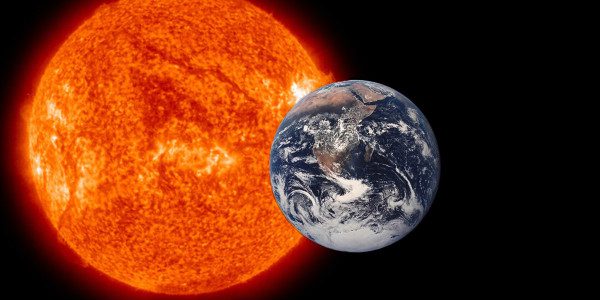Philolaus was a Pythagorean philosopher credited with originating the theory that the earth was not the center of the universe during the fifth century BC, that the earth and the sun were subject to a “central fire.” In the third century BC, another Greek, Aristarchus of Samos, gave the first recorded model of the earth orbiting the sun, effectively providing the solar system view.
With the New Horizons space mission reaching dwarf planet Pluto, a historic completion of exploration of the traditional nine-planet solar system, I’m reminded that Earth is part of a larger system. Our solar system, in turn, within another system, the galaxy is large and the universe larger still.
To me, earth-centered spirituality is anchored in a love of life on this planet. Unitarian Universalism values this, as marvelously explained by Elizabeth Fisher in the first edition of Sacred Cosmos (2000). The UUA’s sixth source from its Principles & Purposes asserts “spiritual teachings of earth-centered traditions which celebrate the sacred circle of life and instruct us to live in harmony with the rhythms of nature.”
But, as earth-centered as my experience is, the ancients already understood, and science has since proven, that all of life here is dependent on the central sun. Science has shown that we on earth are a part of a greater solar system that to this day holds mysteries yet to discover, such as knowledge of the greater Kuiper belt, of which the New Horizons spacecraft will encounter only a brief part. So, I’m aware an earth-centered approach could be called incomplete.
But, earth is where the rhythms of nature affect all known life. The New Horizons spacecraft didn’t reach Pluto from the sun, it reached it from earth. Aristarchus didn’t make his discoveries from the discomfort of walking on Helios, he was here on earth. Further, Philolaus made a perhaps naive point in that a “central” fire for our solar system is distant. It requires 250 million of our years for the solar system to cycle around the Milky Way galaxy center during its “cosmic year.” With all of that and beyond, I am only instructed about the sacred circle of life here on earth.
So, while I can be enthused about new scientific discoveries from the greater reaches, they also remind me to attempt to live in harmony where life happens, here on earth. This is where human spirituality, as I experience it, also happens. Earth-centered spirituality it is.
Kalen Cap is a CUUPS member in Ohio and is active in our online Chapter – CLF CUUPS which is part of the Church of the Larger Fellowship, UU.














